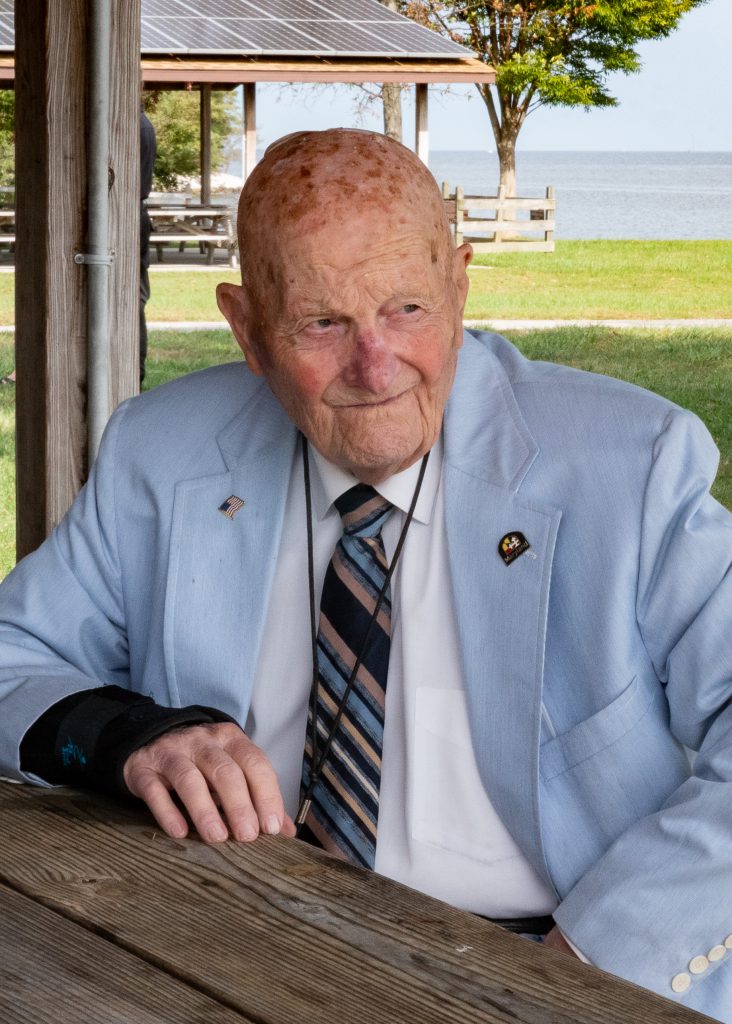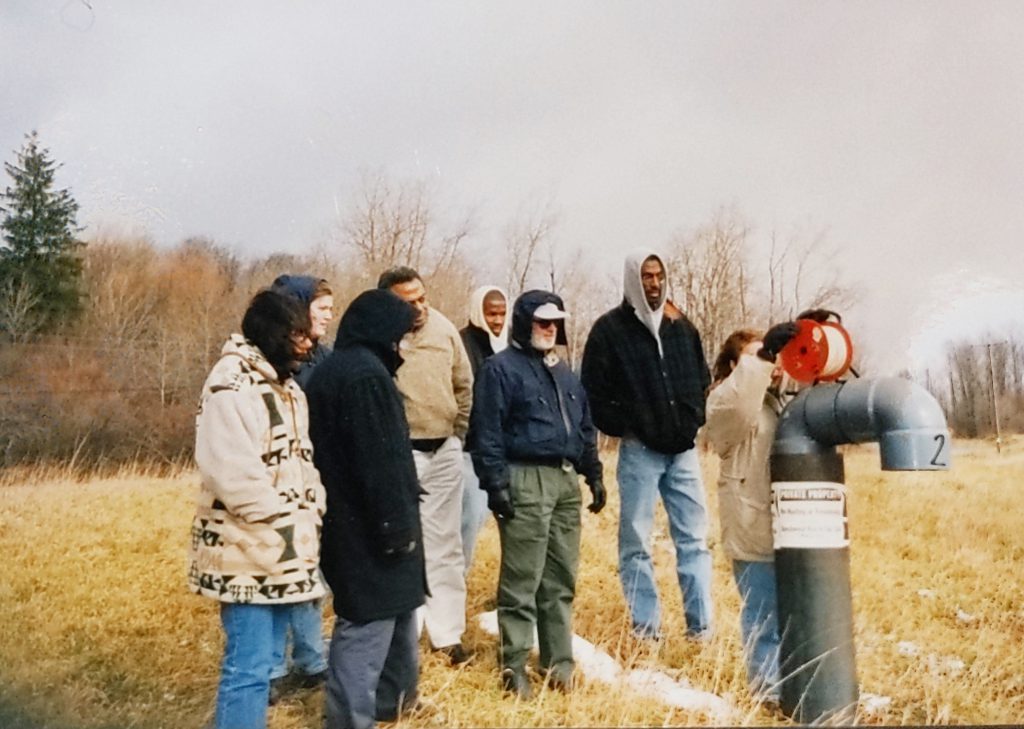 Paul Petzrick is in his 30th year as an employee of the Maryland Department of Natural Resources. Such longevity isn’t unusual, but for Paul it comes after he had already retired from 30 years in the U.S. Navy and the U.S. Department of Energy. At 92, he still has more to accomplish.
Paul Petzrick is in his 30th year as an employee of the Maryland Department of Natural Resources. Such longevity isn’t unusual, but for Paul it comes after he had already retired from 30 years in the U.S. Navy and the U.S. Department of Energy. At 92, he still has more to accomplish.Petzrick is a power plant site assessor, part of the Power Plant Research Program (PPRP). This team, part of DNR’s Resource Assessment Service, is involved in licensing power plants in Maryland and researching all matters related to power plants. Petzrick is most frequently assigned to research innovations in producing electricity and the side effects of producing electricity such as carbon dioxide, coal ash, noise, cooling water, wastewater, and boiler slag.
His approach and life’s work stems from an early appreciation of nature as a farm boy in Wisconsin, and a fascination with electricity as a preteen when the Rural Electrification Act brought power to farms in the 1940s.
“Gone was the cold, hard work of harvesting ice in winter to keep things cool in summer. Gone were wives having to heat heavy flatirons on a wood stove to iron clothes,” he reflects.
As a youth in a one-room school, Paul found books on electricity pioneers Ben Franklin, Thomas Edison, George Westinghouse, and Nikola Tesla. Later he would study at the University of Wisconsin and the U.S. Naval Academy before starting a career in the Navy, and eventually a senior position with the Department of Energy.
During his Naval career in the 1970s, he was appointed as Navy Liaison Officer to the Department of Interior, where he participated in an experiment fracturing shale to address the oil and gas crises in the United States. With the focus on production of energy, he never forgot the importance of protecting nature.
“I studied the world oil shale industries that were primarily in Scotland and Estonia, and learned that a big environmental problem with that resource was the ash called spent shale produced when oil was cooked out of shale,” Petzrick says. “Together with industry I studied the advantages of putting the ash back into the mines from whence it came. Better yet was never to mine it.”
After retirement from federal service in 1991, his daughter showed him an ad for a position at Maryland DNR. He said it was an easy decision to come out of retirement to work for the state.
“I was drawn to the job by DNR’s motto (‘inspired by nature, guided by science’),” Petzrick says. “I thought it would be exciting for a couple of years and here I am 30 years later.”
He found his work on spent shale in the Navy and at the Department of Energy had immediate significance, as PPRP had already completed important studies of coal ash.

Paul presents ____ to _____ in 19..
Based on his experience with spent shale, he has researched and encouraged reuse of coal ash to reclaim underground coal mines producing acid mine drainage. He has co-authored studies and given presentations before the coal industry and other groups.
As reclamation and beneficial reuse of materials continues to be part of both environmental and energy solutions in the 21st century, Paul’s 60 years of work remains relevant.
He offers this advice to anyone who wants to enter the field of natural sciences, or any field: “Get a broad education to see what captures your imagination and dedication. Continue to learn every day. Be aware of what is happening both in your cocoon and more generally in the world. Preserve your body and mind by daily exercise of both.”
At 92, he is the oldest current employee of the State of Maryland. But he makes clear, when drawing recollections from his vast experience, that there is more work to be done.
“I do not want this exercise to be seen as a swan song, I have no intention of retiring.”
dnr.maryland.gov/publiclands
Article appears in Vol. 25, No. 2 of the Maryland Natural Resource magazine.
